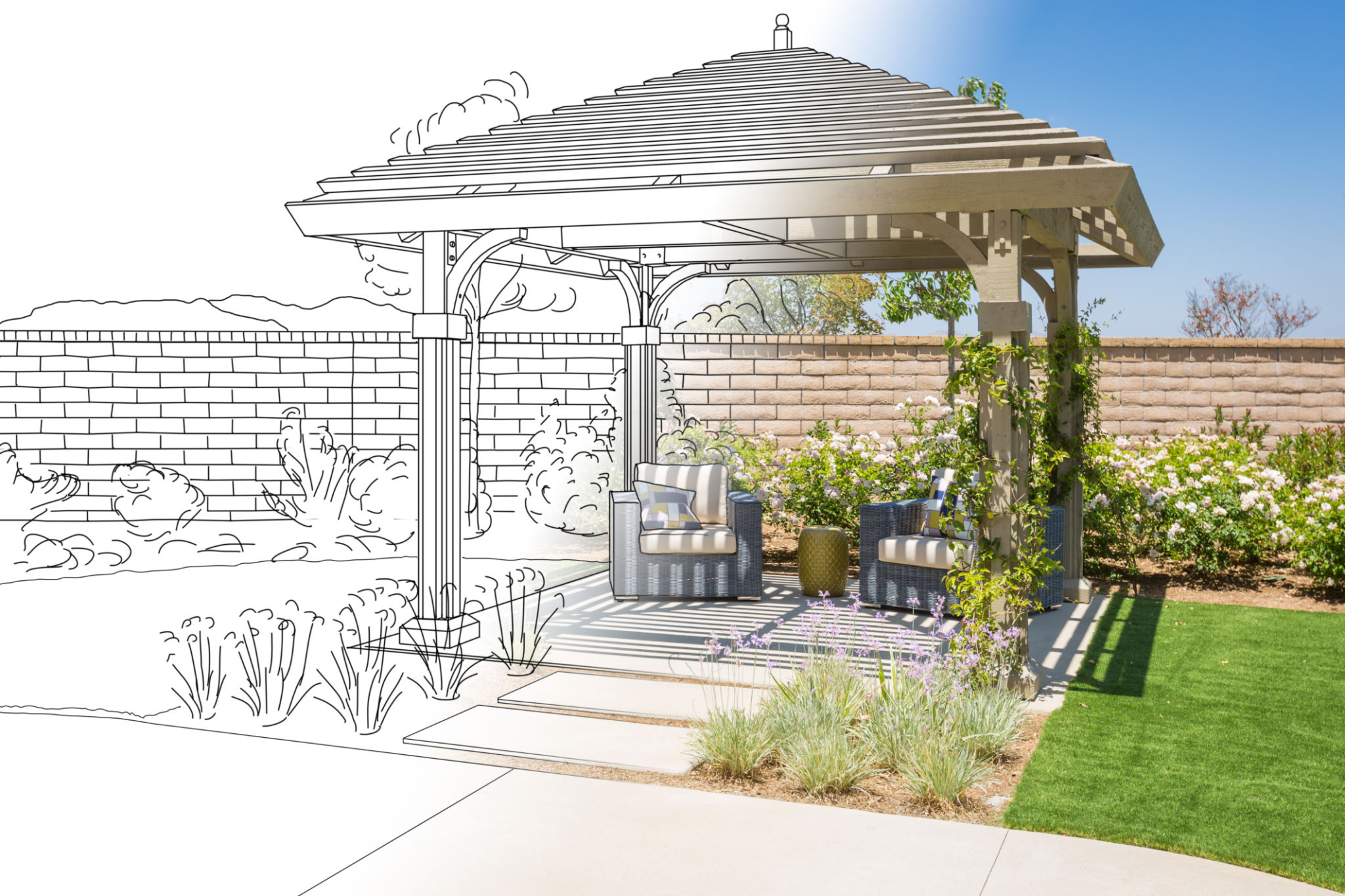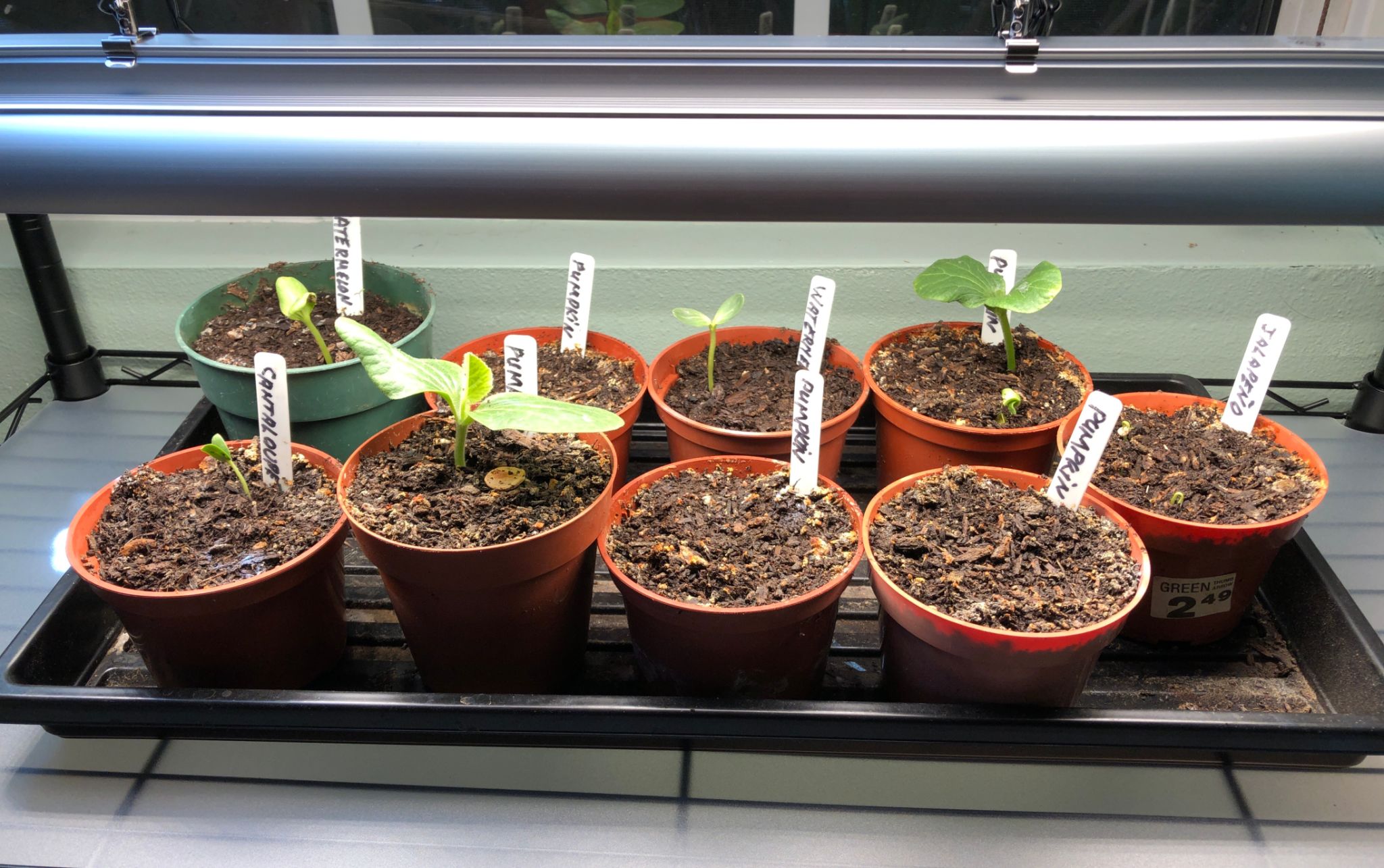Spring Garden Preparation Tips for Lancaster Homeowners
Assess Your Garden's Current Condition
As spring approaches, it's time for Lancaster homeowners to start preparing their gardens for the vibrant season ahead. The first step involves assessing the current condition of your garden. Take a walk around your yard, noting any areas that need attention. Look for signs of winter damage, such as broken branches or damaged plants. Identifying these issues early will help you plan your garden rejuvenation effectively.

Clear out any debris that has accumulated over the winter months, such as fallen leaves and dead plants. Removing these materials not only tidies up your garden but also prevents the spread of diseases and pests. A clean slate will provide a healthier environment for new growth.
Test and Enrich Your Soil
Healthy soil is the foundation of a thriving garden, and spring is the perfect time to give it some attention. Start by testing your soil's pH level and nutrient content. You can purchase a soil testing kit from a local gardening store or send a sample to a laboratory for a detailed analysis. Understanding your soil's condition will help you determine what amendments are necessary.
Once you've identified any deficiencies, enrich your soil with organic matter. Compost, well-rotted manure, and leaf mold are excellent choices for improving soil structure and fertility. Spread a layer of organic matter over your garden beds and gently work it into the soil with a garden fork.

Plan Your Planting Layout
With your garden beds ready, it's time to plan your planting layout. Consider the amount of sunlight each area receives throughout the day, as this will influence the types of plants you should choose. Group plants with similar sunlight and water requirements together to make maintenance easier.
Create a rough sketch of your garden layout, indicating where each plant will go. This will help you visualize your garden's design and ensure you have enough space for everything you want to grow. Remember to leave room for pathways to allow easy access for watering and maintenance.

Select the Right Plants
Choosing the right plants is crucial for a successful spring garden in Lancaster. Consider hardy perennials that can withstand local climate conditions, such as coneflowers, black-eyed Susans, and daylilies. Incorporate a mix of annuals for vibrant color throughout the season, like marigolds, petunias, and zinnias.
When selecting plants, also think about attracting beneficial wildlife to your garden. Native plants are an excellent choice as they provide food and habitat for pollinators like bees and butterflies. This not only enhances your garden's beauty but also promotes biodiversity.
Start Seeds Indoors
For a head start on the growing season, consider starting seeds indoors. Many vegetables and flowers can be sown indoors several weeks before the last expected frost date. Use seed trays or pots filled with seed-starting mix and place them in a warm, sunny spot or under grow lights.

Monitor the seedlings daily, ensuring they receive adequate light and moisture. Once they have developed a few sets of true leaves and the weather has warmed up, gradually acclimate them to outdoor conditions before transplanting them into your garden beds.
Prepare Your Tools
A successful gardening season requires well-maintained tools. Take some time to inspect your gardening equipment for any signs of wear or damage. Sharpen pruning shears, clean rust off metal surfaces, and oil moving parts to ensure they function smoothly.
If any tools are beyond repair, consider replacing them with quality alternatives that will last for years. Properly maintained tools not only make gardening tasks easier but also help prevent damage to your plants.

Plan for Pest Management
Pests can quickly become a nuisance in any garden, so it's wise to plan for pest management ahead of time. Implementing integrated pest management (IPM) strategies can help minimize damage while reducing reliance on chemical pesticides.
Introduce beneficial insects such as ladybugs and lacewings to control harmful pest populations naturally. Additionally, consider using barriers like row covers or netting to protect vulnerable plants from insects and wildlife.
Set Up Efficient Watering Systems
A consistent and efficient watering system is essential for maintaining healthy plants throughout the growing season. Drip irrigation systems or soaker hoses can save water and deliver moisture directly to the root zone, reducing evaporation.
If you prefer hand watering, ensure hoses and watering cans are in good condition and easily accessible. Consider installing rain barrels to collect rainwater, providing an eco-friendly water source for your garden.

By following these spring garden preparation tips, Lancaster homeowners can look forward to a flourishing garden that brings joy and beauty throughout the season. Happy gardening!
